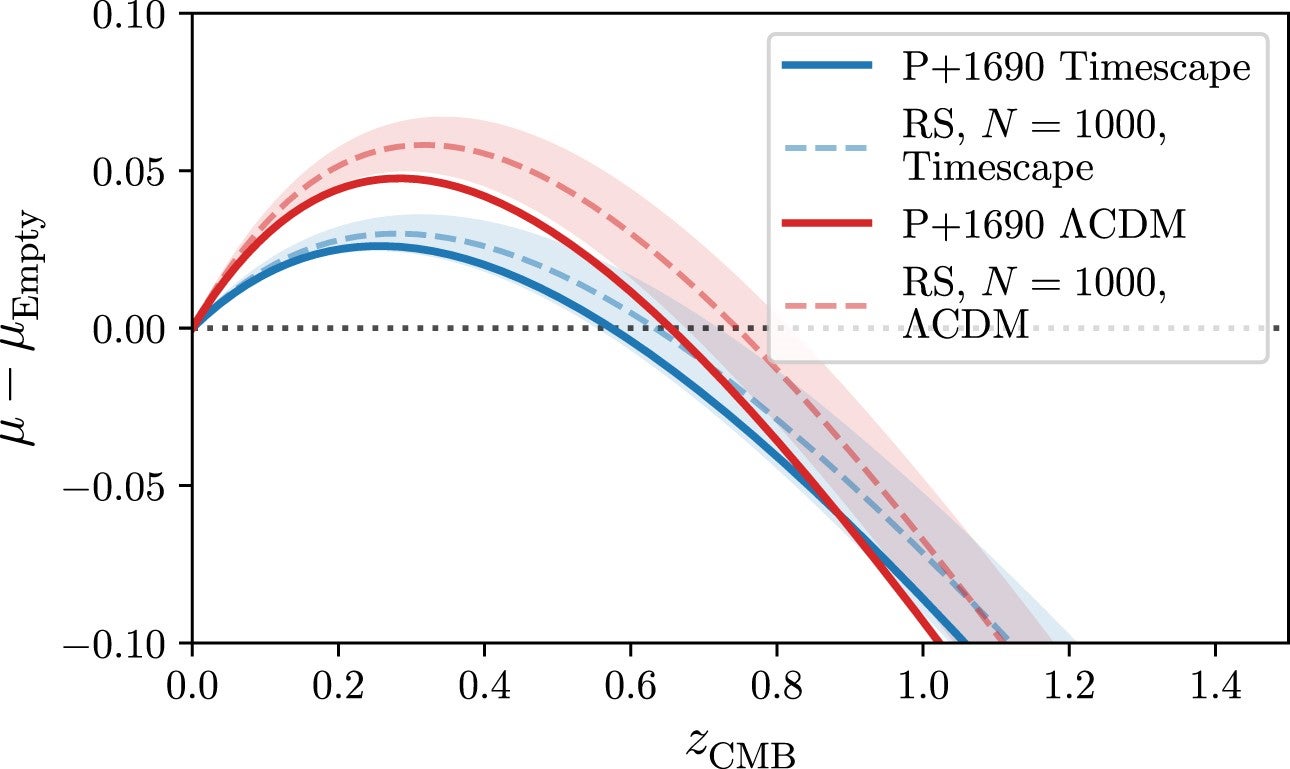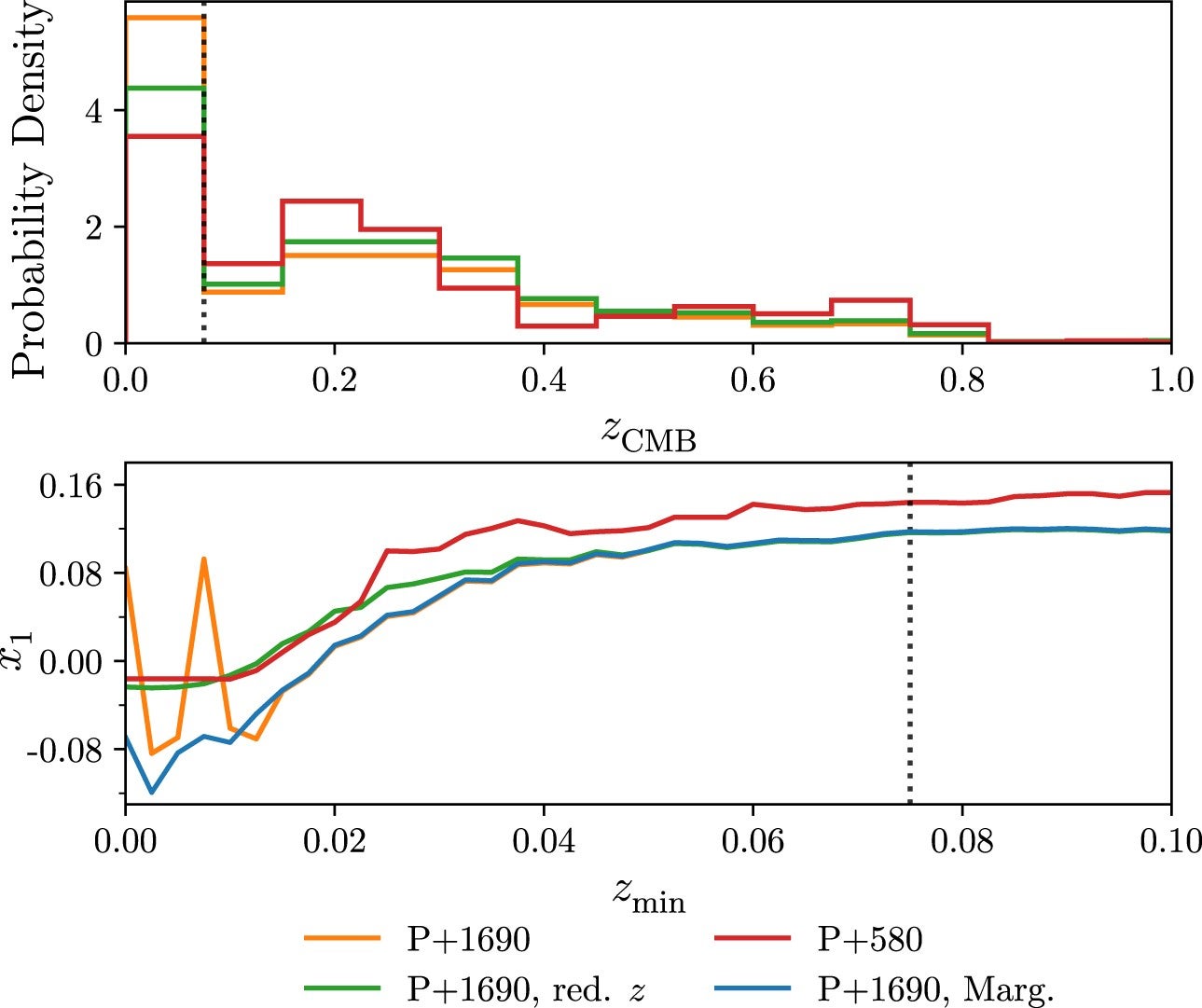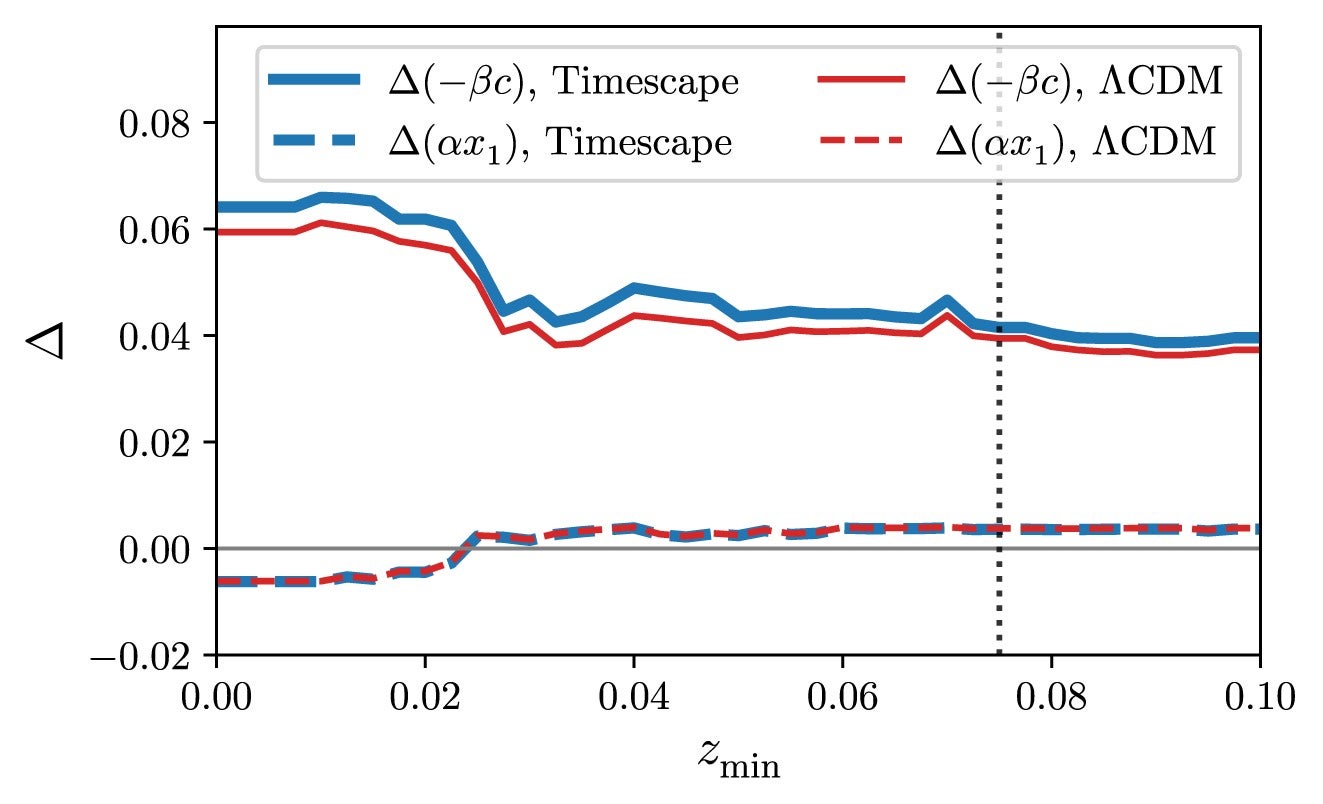Modern cosmology stands on the brink of a transformative era, where groundbreaking observational technologies redefine our understanding of the Universe.
Recent advances in telescopic data, published in the journal, Monthly Notices of the Royal Astronomical Society, have spanned the entire electromagnetic spectrum and are now incorporating multimessenger astronomy with unprecedented clarity. High-energy neutrinos and gravitational waves from phenomena like neutron star mergers offer new insights into cosmic processes that were previously beyond our grasp.
These multimessenger observations are opening pathways to potential new physics. Key discoveries often arise when these channels intersect or, intriguingly, when one is conspicuously absent. For instance, the gravitational wave event GW170817 remains the most closely studied astronomical event to date, yet it notably lacked directly detected neutrinos. Such anomalies prompt reevaluation of our existing models and assumptions.
Unlike the linearity of electromagnetism, the non-linearities inherent in nuclear physics and general relativity introduce unique challenges. Addressing these complexities, researchers are revisiting Type Ia supernovae (SNe Ia), which have been pivotal in shaping our understanding of the Universe’s expansion.

These supernovae initially indicated an accelerating expansion rate, leading to the widespread acceptance of the standard ΛCDM cosmological model. However, tensions between observed data and theoretical predictions are escalating, warranting fresh analysis.
A new approach, known as the timescape cosmology, offers an alternative perspective. Developed over the past two decades, this model challenges foundational assumptions in observational cosmology. Instead of modifying the Einstein–Hilbert action, as many contemporary theories do, it reexamines the geometry of the Universe itself, incorporating general relativity’s principles.
The timescape model questions concepts like scale, infinity, and the standardization of rulers and clocks. By doing so, it addresses phenomena typically attributed to dark energy or modified gravity without introducing exotic theoretical constructs.
Type Ia supernovae remain central to these debates. Despite over two decades of study, their light curves and standardization continue to evolve. Recent analyses of the Pantheon+ supernova catalogue—featuring 1,535 distinct events—have facilitated direct comparisons between the ΛCDM model and timescape cosmology.
Related Stories
By constructing a covariance matrix largely independent of cosmological assumptions, researchers have pushed the boundaries of “model independence.” This framework eliminates biases stemming from assumed geometries or peculiar velocities, allowing for a more objective evaluation of competing cosmological models.
A pivotal finding from this reanalysis is the evidence that the timescape model may outperform ΛCDM in explaining observational data.
Unlike dark energy—a placeholder for unknown physics in the standard model—timescape cosmology attributes the apparent acceleration of the Universe’s expansion to differences in time calibration across cosmic structures. For example, clocks in dense galactic environments tick slower than those in vast cosmic voids. This variation creates the illusion of accelerating expansion when viewed through conventional lenses.
Professor David Wiltshire, a leading proponent of timescape cosmology, explained, “Our findings show that we do not need dark energy to explain why the Universe appears to expand at an accelerating rate. Dark energy is a misidentification of variations in the kinetic energy of expansion, which is not uniform in a Universe as lumpy as the one we actually live in.”
The implications of this model extend beyond theoretical physics. Observations like the Hubble tension—discrepancies between early and present-day Universe expansion rates—and findings from instruments like the Dark Energy Spectroscopic Instrument (DESI) challenge the ΛCDM model’s assumptions.

Standard cosmology often treats the Universe as if its structures were homogeneously blended, ignoring the intricate cosmic web of galaxies, filaments, and voids. Timescape cosmology’s approach, however, accounts for this complexity, offering a refined interpretation of expansion.
Wiltshire added, “We now have so much data that in the 21st century we can finally answer the question—how and why does a simple average expansion law emerge from complexity? A simple expansion law consistent with Einstein’s general relativity does not have to obey Friedmann’s equation.”
This nuanced perspective also challenges the assumptions underlying dark energy’s existence. Dark energy is widely regarded as a weak anti-gravity force comprising approximately two-thirds of the Universe’s mass-energy density.
Yet, timescape cosmology suggests that its effects might be an artifact of how we interpret light from distant cosmic objects. For instance, light stretched by gravitational time dilation may provide an alternative explanation for observed phenomena, reducing the need for dark energy as a theoretical construct.
Further bolstering this argument is the improved statistical analysis of SNe Ia light curves. The Bayesian approach used in the Pantheon+ catalogue highlights features attributable to low-redshift supernovae and model-dependent light curve fitting. These factors reveal biases in traditional data reduction techniques, underscoring the need for cosmology-independent methods.

Beyond supernovae, emerging data from recent and upcoming observatories promises to test these theories rigorously. The European Space Agency’s Euclid satellite, launched in July 2023, is particularly well-suited to probe the distinctions between ΛCDM and timescape models. Euclid’s mission, combined with data from the Nancy Grace Roman Space Telescope, aims to gather over 1,000 high-quality supernovae observations, enabling unprecedented scrutiny of cosmic expansion theories.
Wiltshire remains optimistic about the future. “The research provides compelling evidence that may resolve some of the key questions around the quirks of our expanding cosmos. With new data, the Universe’s biggest mystery could be settled by the end of the decade.”
This paradigm shift in cosmology extends beyond academia. If confirmed, the timescape model could redefine our understanding of the Universe, eliminating the need for dark energy and reconciling long-standing discrepancies in cosmological data. Such breakthroughs illustrate the importance of interdisciplinary approaches, combining observational data with innovative theoretical models.
In an era of unparalleled observational capabilities, the quest to understand the Universe’s expansion is entering a decisive phase. Whether through the lens of ΛCDM or the timescape model, the pursuit of knowledge continues to push the boundaries of what’s possible, unlocking the secrets of the cosmos one discovery at a time.
Note: Materials provided above by The Brighter Side of News. Content may be edited for style and length.
Like these kind of feel good stories? Get The Brighter Side of News’ newsletter.
The post Surprising new research says dark energy doesn’t exist appeared first on The Brighter Side of News.